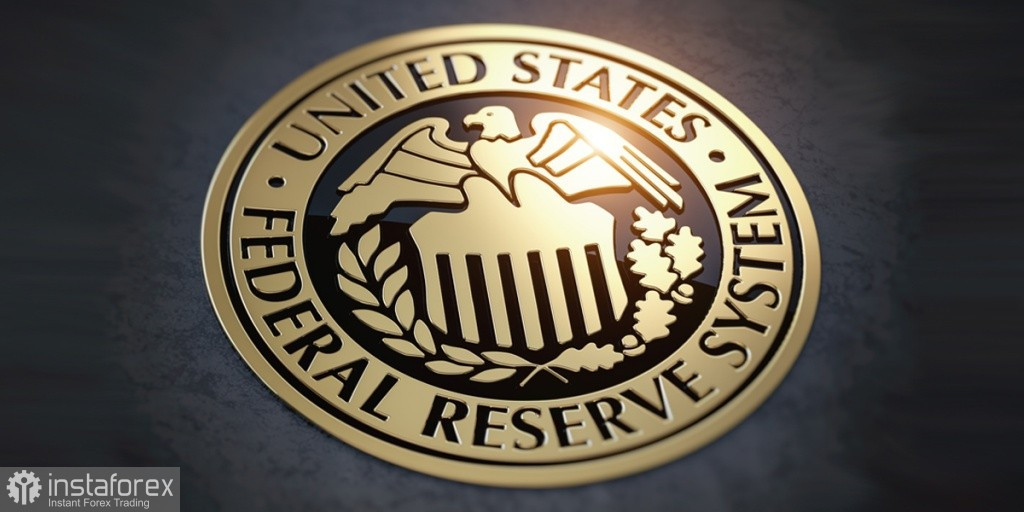Yesterday, euro bulls managed to recover some of the losses EUR/USD had sustained on Wednesday. However, it is still unclear if they managed to regain the initiative or not. The markets are bracing for new interest rate hikes by the Federal Reserve, which follows an aggressively hawkish course.
Mary Daly, the president of the Fed Reserve Bank of San Francisco, stated recently that she would back aggressive rate increases until inflation goes down. "I see a couple of 50 basis point hikes immediately in the next couple of meetings to get there," Daly said. She noted that she could see the first signs of an economic slowdown and falling inflation, but the Fed would need to see real progress before softening its monetary policy.

The markets are already pricing in the steps leading to several 50 point hikes at the next FOMC meetings. However, it is unclear if the regulator would pause the tightening process to see how its policy is combining with other factors in addressing the massive surge in consumer prices. Several hikes have already been priced in. As a result, EUR/USD could surge following the Fed's interest rate increases.
"We aren't really there yet, so we need to see those data on a slowing economy bringing demand and supply back in balance, and I need to see some real progress on inflation," Daly said.
This year, the Fed has already increased interest rates by 25 basis points, followed by a 50 basis point increase in May. More 50 point moves are expected to follow, even though the US central bank prefers to increase rates by 25 basis points. US CPI and PCE indexes have retreated from their highs slightly, but they still remain at the highest levels since the early 1980s.
It is unclear how far Daly and other Fed board members are willing to go. However, they state the regulator can tighten its policy even further if necessary. Most Fed officials estimate the "neutral" level of their benchmark borrowing rate to be around 2.5%.
EUR has once again come under pressure after hitting a new swing high. Expectations of an increasingly aggressive Fed policy are limiting the upside potential of risky assets. In the short term, the euro is likely to rebound slightly after its recent drop. EUR/USD would need to stay above the support level of 1.0670 to stop the downturn. If the pair breaks below it, it could then fall back towards the lows at 1.0630 and 1.0590. The support at 1.0560 would serve as a more distant target for bears. To resume the upsurge, EUR/USD would need to regain 1.0730 and break above 1.0790. This would open the way towards 1.0820 and 1.0850.
GBP bulls have taken advantage of the recent drop, which was triggered by the panic in the markets. This could freeze GBP/USD in the sideways channel of 1.2460-1.2590. Much would depend on the hawkish monetary policy of the Bank of England and the Federal Reserve. 1.2500 is an important level for bulls - if the pair breaks below it, it could then slump towards 1.2460. Bullish presence could increase in the short term, allowing traders to open long positions during downward retracements. The closest resistance level is near 1.2550, which is currently being tested. If the pair breaks above 1.2550, it could then surge towards 1.2590 and 1.2660. A break below 1.2500 would intensify the downtrend, opening the way towards 1.2460 and 1.2420, as well as the support at 1.2370 further below.





















